Release time:2025-03-24
PU Wet Rubbing Fastness Enhancing Agents: Bridging Durability and Sustainability in Modern Textiles
Wet rubbing fastness is a pivotal parameter in textile testing, reflecting a fabric's ability to retain color integrity when subjected to friction under wet conditions. This property is particularly crucial for dyed fabrics such as denim, reactive-dyed cotton, and sulfur-dyed linens, where color transfer can lead to aesthetic degradation and functional failures.
In the textile industry, poor wet rubbing fastness not only diminishes product value but also raises consumer complaints. For instance, indigo-dyed denim jeans may lose their iconic blue hue after repeated washing, while activewear with vibrant prints risks staining other garments. The challenge intensifies with high-density fabrics, where dye penetration is inherently limited, leading to uneven color retention.
Polyurethane (PU)-based wet rubbing fastness enhancers represent a breakthrough in textile chemistry. Unlike traditional fixatives that merely coat fabric surfaces, PU agents penetrate fiber structures, forming dynamic bonds with both dyes and substrates. This dual-action mechanism ensures long-lasting color retention even under mechanical stress
.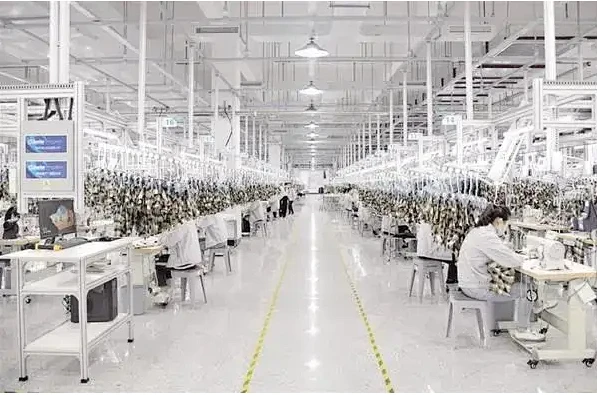
Molecular Adhesion Reinforcement
PU molecules contain reactive groups (e.g., -NCO) that chemically bind to hydroxyl or amino groups in cellulose or protein fibers. This covalent bonding creates a robust network that anchors dyes within fibers.
Flexible Film Formation
The polymer matrix formed by PU agents acts as a shock absorber, mitigating friction-induced dye detachment. Unlike rigid coatings, PU films retain elasticity, preserving fabric handfeel.
pH and Process Compatibility
With a neutral to slightly acidic pH range (4-7), PU enhancers integrate seamlessly into existing dyeing and finishing processes without requiring costly equipment modifications.
Denim's allure lies in its vintage aesthetics, but achieving consistent color fastness during industrial washing remains a challenge. PU enhancers tailored for indigo dyes address this by:
Reducing Back Staining: Minimizing indigo re-deposition on white weft threads during stone washing.
Enhancing Contrast: Maintaining sharp blue-white distinctions even after aggressive abrasion processes.
Fabrics like 120S Egyptian cotton or microfiber blends often struggle with dye penetration. PU agents improve dye fixation through:
Deep Fiber Penetration: The low viscosity of PU formulations allows deeper migration into dense weaves.
Uniform Distribution: Ensuring even dye coverage without blotchiness.

The textile industry faces mounting pressure to reduce water and chemical usage. PU enhancers contribute by:
Lowering Re-Dyeing Rates: Improved fastness reduces the need for repeat dyeing cycles.
Compatibility with Green Processes: Supporting low-water dyeing techniques and biodegradable formulations.
PU enhancers are not one-size-fits-all solutions. Manufacturers offer specialized variants to address distinct challenges:
For Reactive Dyes: Formulations optimized for covalent bonding with cellulose fibers, preventing hydrolysis-induced color loss.
For Sulfur Dyes: Agents with anti-oxidation properties to combat sulfur migration in humid environments.
For Dark Shades: Enhanced UV stability to prevent fading in black or deep-toned fabrics.
This customization extends to application methods. For instance, pad-dry-cure processes may use concentrated PU agents for heavy fabrics, while spray applications suit delicate textiles.
Researchers are developing PU alternatives derived from castor oil, lignin, or even algae. These bio-based polymers offer comparable performance while slashing carbon footprints. A 2023 study by the Textile Institute demonstrated that plant-based PU enhancers reduced CO2 emissions by 42% compared to petroleum-derived counterparts.
Next-generation PU agents may embed stimuli-responsive properties. For example, temperature-sensitive films could adjust permeability based on environmental conditions, enhancing comfort in sportswear.
Innovations in recyclable PU chemistry aim to recover and reuse agents from wastewater. Pilot projects in Europe have achieved 80% recovery rates using membrane filtration systems.
While PU enhancers offer significant benefits, their adoption requires careful consideration:
Regulatory Compliance: Ensuring formulations meet REACH, OEKO-TEX, and ZDHC standards.
Worker Safety: Implementing protocols to handle isocyanate-containing intermediates.
Cost-Benefit Analysis: Balancing upfront costs against long-term savings from reduced dye waste.
Industry collaborations are key. For example, brands like H&M and Levi's partner with chemical suppliers to co-develop safer, high-performance PU systems.

PU wet rubbing fastness enhancing agents exemplify how advanced chemistry can harmonize durability, aesthetics, and sustainability. As the textile industry evolves, these agents will remain at the forefront of innovation—whether through bio-based breakthroughs, smart functionalities, or circular solutions. For manufacturers and brands, investing in PU technology is not just a quality upgrade but a strategic step toward future-proofing their operations in an eco-conscious market.
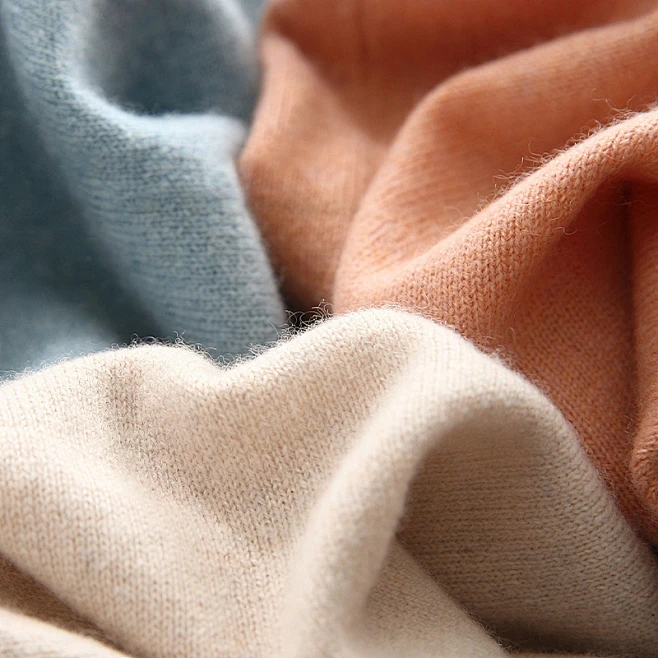
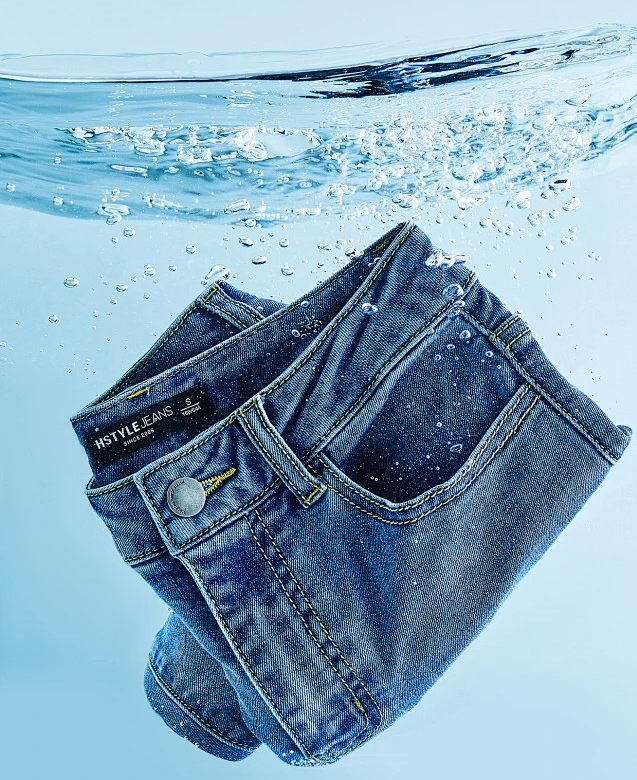

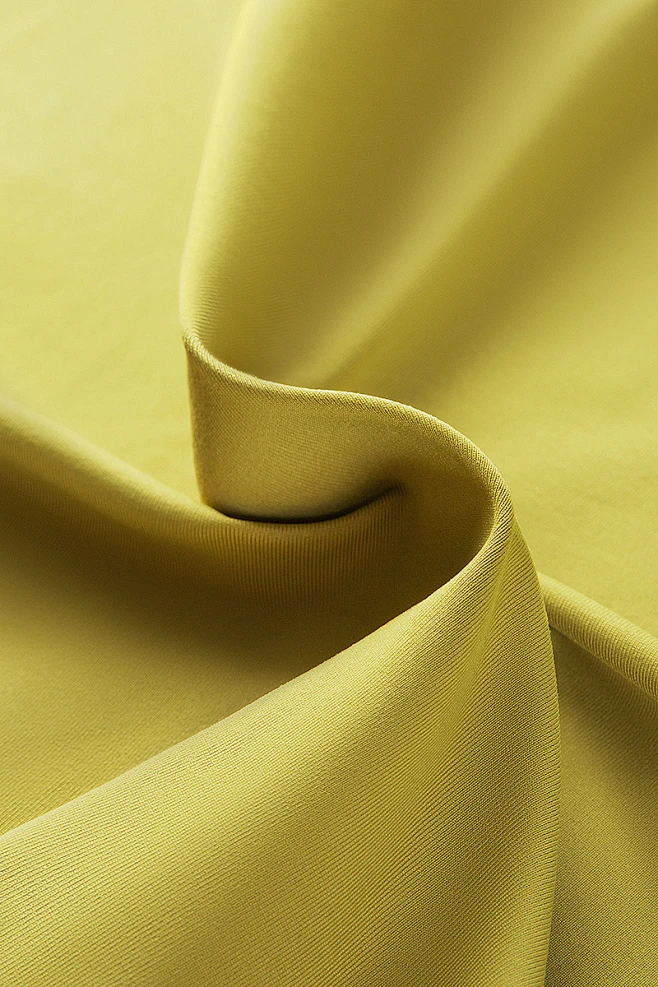
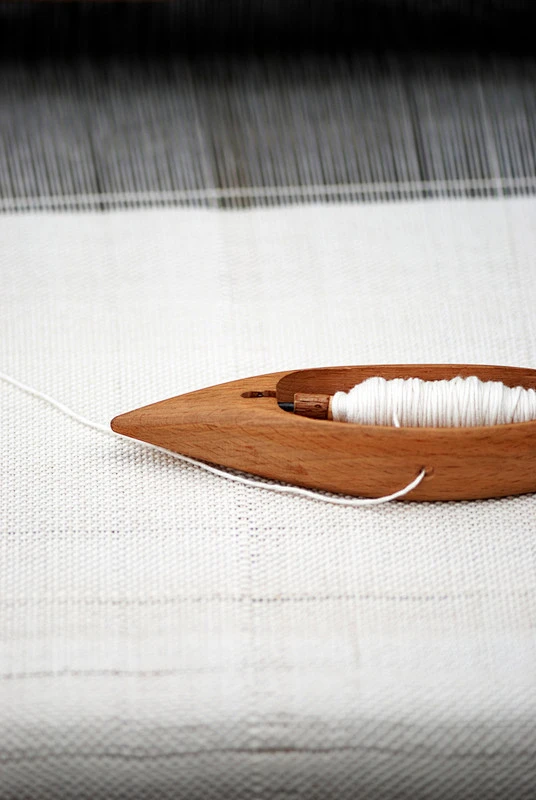

Here you can send us an inquiry concerning general questions
about abk.
Our site uses cookies to provide you with a better onsite experience. By continuing to browse the site you are agreeing to our use of cookies in accordance with our Cookie Policy.
I AcceptOur site uses cookies to provide you with a better onsite experience. By continuing to browse the site you are agreeing to our use of cookies in accordance with our Cookie Policy.
I Accept